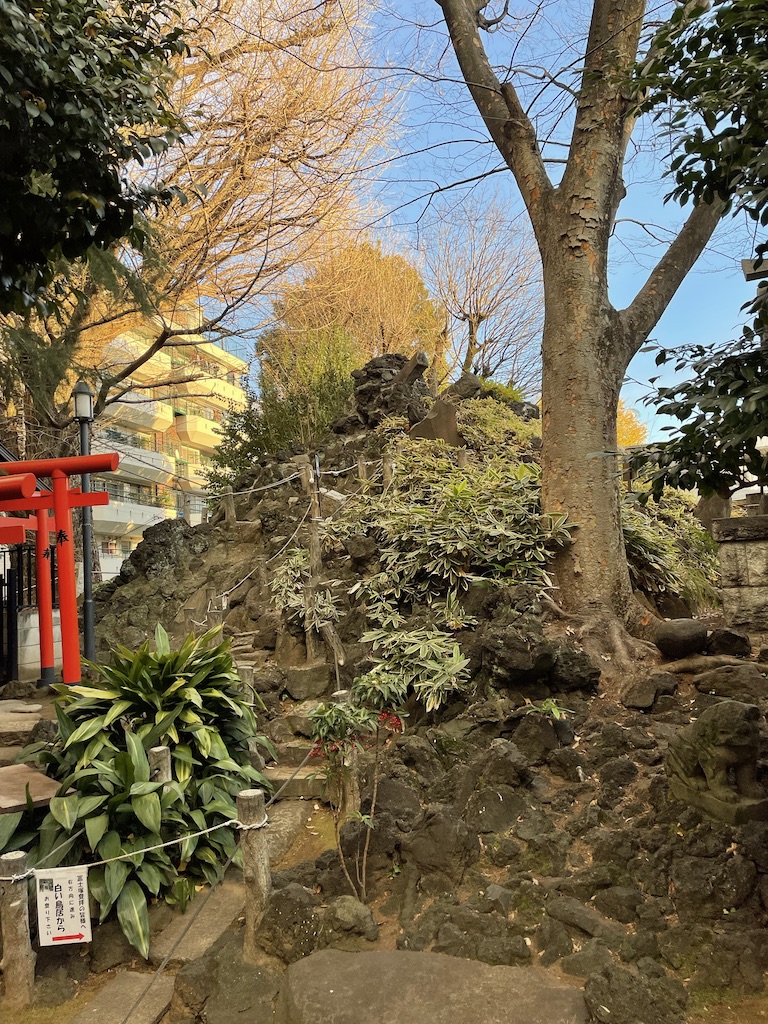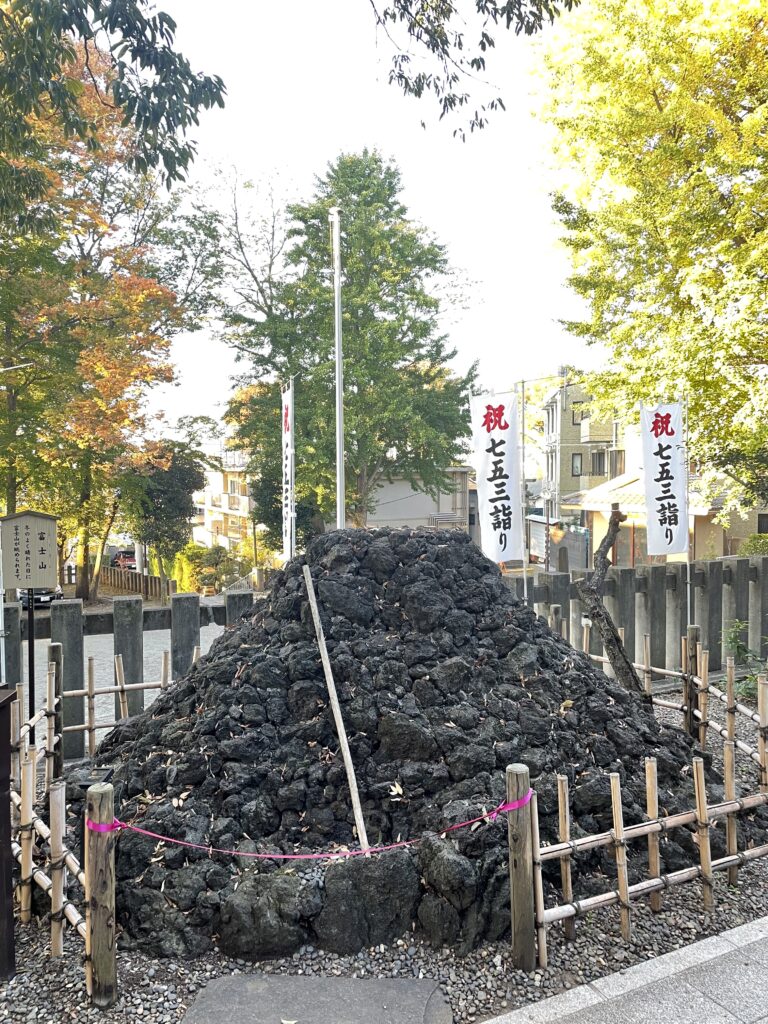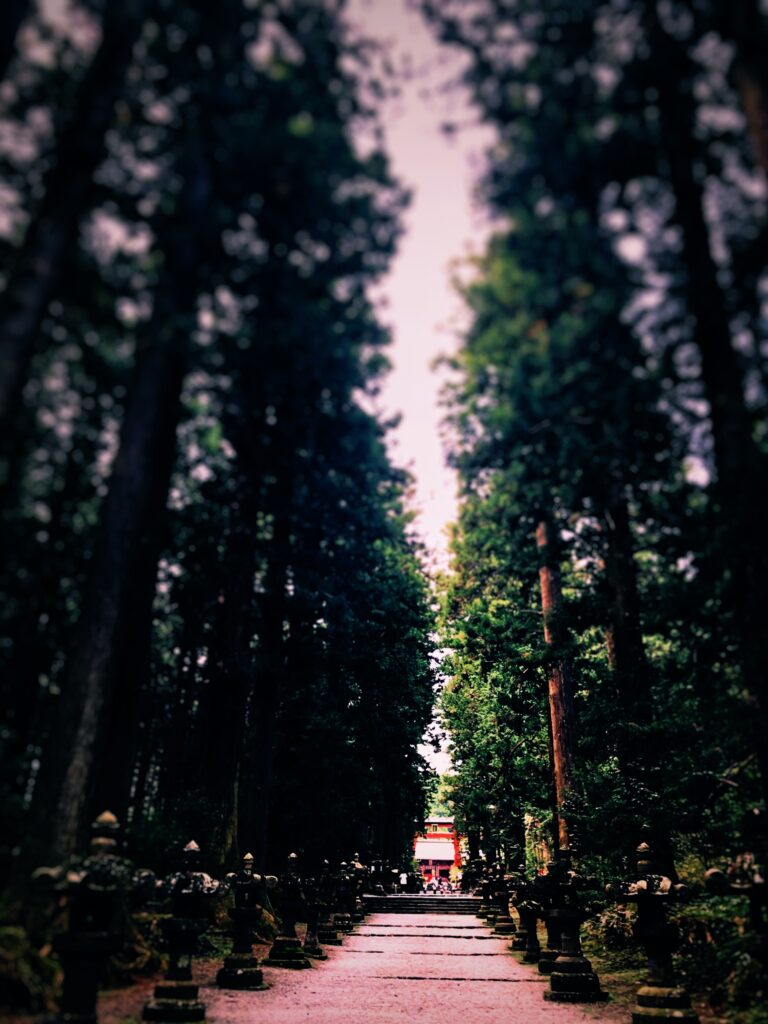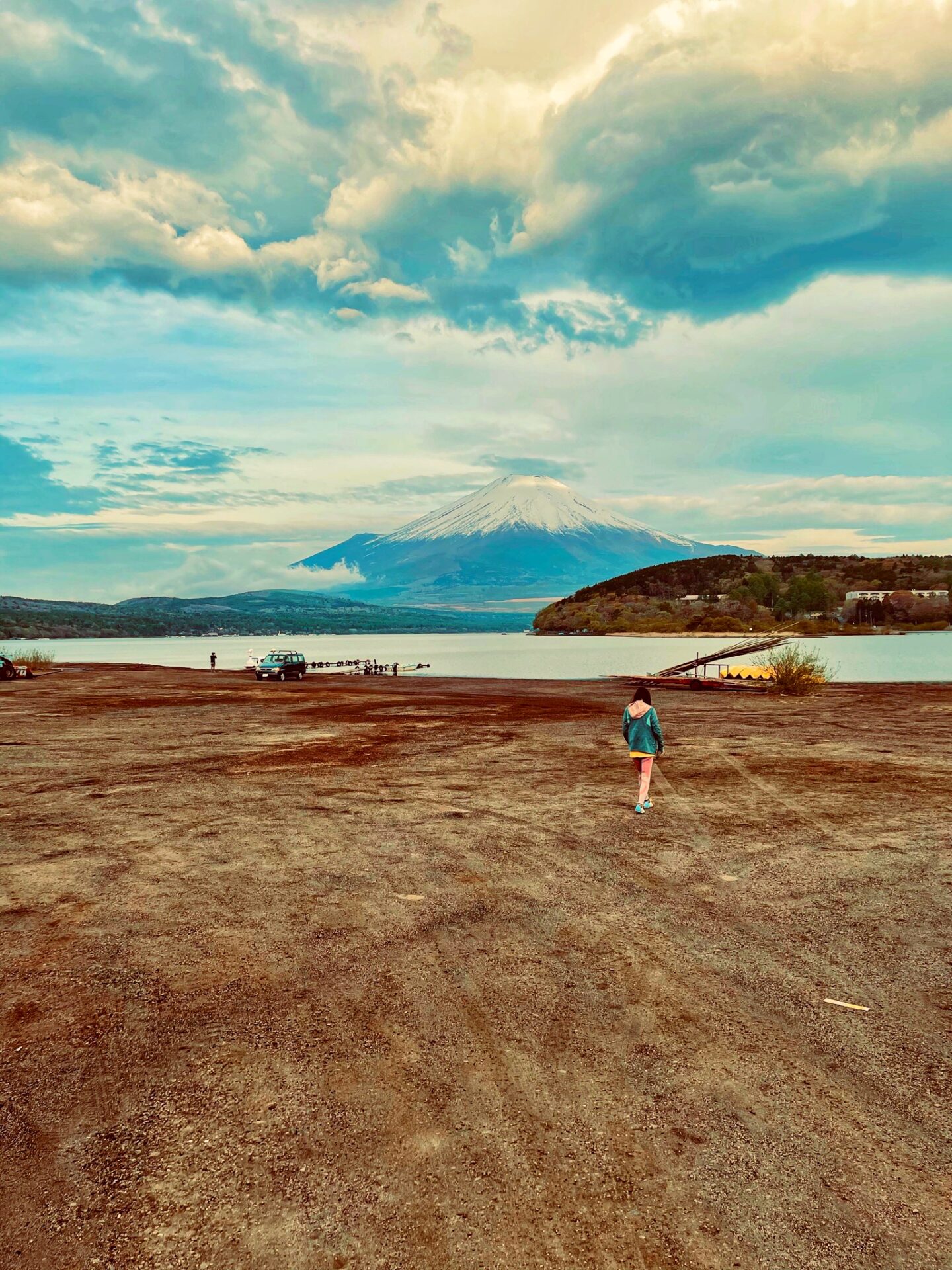For a long time, a friend and I had an agreement to climb Mt. Fuji, Japan’s biggest mountain and, for that matter, one of the world’s most recognizable. It never happened, though; we kept postponing.
Part of the reason for my lukewarm attitude was that the summit was supposed to get so crowded with hikers that it felt like the giant Shinjuku station at rush hour. Didn’t one climb mountains to get away from people?
And perhaps Mt. Fuji was just too omnipresent — not just visible from Tokyo on fine days, though mostly only if one was somewhere up in a building, but being such a…well, cliched symbol of Japan. Besides, the mountain seemed too perfectly conical to be that interesting, from a distance anyway.
But then came the pandemic. The crowds were gone. Unfortunately, so was access to the summit, but one could still go halfway up. My wife and I thought we’d give it a try — we’d been heading out much more to the mountains anyway with normal life suspended. So it was off to Mt. Fuji at last. First, though, a little background.

In the neighborhood where I first lived in Tokyo, there is a small Shinto shrine that I used to visit every summer for the local bon-odori festival. At other times, it was a pleasant place to sit, with an old wooden shrine building and noh stage and towering trees all around it that acted to screen off the energy of the city.
But there was something else there that I didn’t take much note of at the time — a conical mound of stones meant to represent Mt. Fuji that one can view through a series of little vermillion-coloured sacred tori gates, or climb up in a handful or two of strides.
At the time, I just thought…Mt. Fuji, again! It was only when we decided to climb the mountain that I remembered this mini-Mt. Fuji, and learned that it was one of some 80 or so fujizuka (Fuji mounds) that had once existed in Tokyo where the old or sick (or very busy) could make a pilgrimage to the mountain without actually going there.
Pilgrimage? I suppose I knew all those years ago that Mt. Fuji was a sacred mountain — all mountains in Japan are sacred, after all. In fact, waterfalls, ancient trees, and even large and oddly shaped boulders on mountainsides are also viewed as the abodes of kami — gods, or maybe, in these cases, it is better to say spirits of place — so…Mt. Fuji was probably very sacred (and so indeed it is; it’s considered one of the three most sacred mountains in Japan).
But, after a bit of research, reading, for instance, Byron Earhart’s in-depth study “Mt. Fuji: Icon of Japan,” I discovered that there was much more to it than that. In pre-modern days, when Tokyo was Edo, Mt. Fuji had an entire religious movement devoted to it, popular with the masses, which saw it as a cosmic mountain, indeed as the “pivot stone of the Three Lands,” by which was meant the center of the world, and climbing it as a route to salvation.
How could I have lived in Tokyo for so long without knowing this? Well, for one thing, it is, or was, just one of the various flowers that have bloomed in the rich garden of syncretic Japanese religiosity over history. And besides, for all that it did bloom splendidly for a few centuries, the movement withered spectacularly in the new climate brought by the arrival of modernity in the late 19th century and has effectively vanished. But this comes much later in the tale. For now, back to the mountain.

At the foot of Mt. Fuji
K and I arrived at the foot of Mt. Fuji for our climb in late August 2020 just as summer was beginning to fade. I say at the foot, but Mt. Fuji swallows up a very large area. The circumference of the mountain is 80 miles or so (for comparison, that’s just over half the circumference of Greater London), but around this circumference is a further large zone that is a kind of wilderness, mostly forested.
The forest is so deep in parts that, on the other side of the mountain, away from what were once the pilgrimage routes (now hiking trails), it is called the jukai, using two characters that mean “sea of trees.”
We entered this wilderness from the Kitaguchi Hongu Fuji Sengen Jinja, or the main Sengen shrine at the north entrance to Mt. Fuji. The elaborate wooden buildings enshrine Konohanasakuya-hime-no-mikoto, to give the goddess her full name. That is how she is now known, but the divinity of Mt. Fuji has been called by many names and by both genders and neither.
And in fact, beautiful as the shrine is, with its long approach flanked by majestic trees and stone lanterns, nothing much of interest in the story of Fuji faith happened here or in any other of the Sengen shrines (numbering well over a thousand, almost all of them in areas within sight of Mt. Fuji).
Such shrines represent conservative, established religion, with Mt. Fuji’s kami honored with great solemnity, but as a deity whose myth is weaved into a broader story of a pantheon of gods (the major gods, anyway, for Japan is traditionally said to have 8 million kami), and not as anything like the chief or ultimate god (and neither is she solely resident at Mt. Fuji — she is also the goddess of other Japanese volcanos, too).
No, the eruptions of a distinctive Fuji faith actually occurred on (and within) the mountain itself, as well as back in Edo, the capital of the shogun, where it developed into a movement with almost proto-populist overtones.

In a normal year, we would have been just two of many hikers traveling along the miles of narrow track leading from the shrine through the forest to the volcano. But we were almost completely alone, passing just one elderly local man, radio to his ear. The forest was otherwise quiet — we hardly even heard birds — a phenomenon that partly owes to the denseness of the forest and partly to the porous, sound-absorbing lava rock just beneath the soil.
It was an eerie experience, and it was inevitable that one of us would mention another, notorious location in this giant, silent realm of trees where the roots splay out like writhing snakes, over in the jukai, a handful of miles away on the other side of the mountain. Beginning in the 1960s, that remote area’s trackless expanses began to draw increasing numbers of people intent on ending their lives, eventually making it Japan’s biggest suicide site.
With the number of deaths sometimes exceeding a hundred in a single year, the area is seen as a supremely haunted spot, filled with roaming yuurei, or ghosts, ready to whisper poisonous thoughts into the minds of anyone entering, as if the area were a whirlpool of suffering within the sea of trees.
The yuurei, in fact, are not mere urban legend — or at least, they are taken seriously enough to sometimes draw concerned Buddhist priests to the area to conduct rites to console the spirits of the suicides.
If, however, one casts one’s gaze into the past, the distant past, to the years at the end of the Heian period — a peaceful Kyoto-centered era of refined court life that had produced the Tale of Genji and Pillow Book — one would see a very different kind of figure roaming through the trees towards Fuji, as different as could be from the suicides and the yuurei they are said to become. It is with them — a sect of mountain ascetics — that the story of what became the religion of Fuji begins.
In search of nothingness
The worship of mountains and their gods or kami appears to stretch back as far as one can go in Japan’s recorded history. But by the 7th century, following the country’s active embrace of Asian continental influences in a range of fields, not least religious and philosophical, an organized practice of mountain worship combining indigenous Shinto and imported Buddhism and Taoism had emerged called Shugendo. Its three-character name suggests the idea of achieving mastery (of the way, or oneself) through being tested.
Practitioners, also known as yamabushi, which can be rendered as “those who prostrate themselves in the mountains,” would go into high places and expose themselves to all kinds of danger, such as standing on precipitous ledges; in its purest form, this practice involved being dangled face first over a cliff.
But, Earhart notes, this was not a search for extreme experiences for their own sake — the kind that modern-day thrill-seekers might recognize — but for something much more elusive and profound: the state of mu, or “nothingness.”
The brushes with death were accompanied by arduous austerities: fasting, as well as meditating and reciting mantras under the most physically challenging of conditions, whether standing rigid under the freezing, pounding cascade of a waterfall or burrowing into the confined and dark recesses of a cave.
By the 12th century, Shugendo ascetics had established a permanent presence on Mt. Fuji. They went to live for short periods on the summit, mostly confined to huts to be edified by their leaders, consuming 36 grains of rice in a tea bowl for their meals.
Their practices, nevertheless, were not exclusively aimed at their own enlightenment. They also helped rich and well-fed courtiers in Kyoto, far out of sight of the mountain in the west, to engage with Mt. Fuji, too, in acts of long-distance piety. The courtiers penned Buddhist sutras with exquisite calligraphy that they sent to be buried by the ascetics on the volcano’s slopes.
The nature of the Mt. Fuji’s kami, meanwhile, underwent a change when viewed through the syncretic gaze of Shugendo. First taken to be a goddess, called either Asama or Sengen (two ways of reading the same characters), the kami came to be identified as a manifestation of the cosmic Buddhist figure of Dainichi Nyorai, or the Sun Buddha, considered the Dharma body from which living Buddhas arise and return.

Despite this identification, however, Mt. Fuji was not yet conceived of as anything other than one sacred mountain among many, albeit one of the most sacred. The kami of other mountains were also being seen by Shugendo ascetics roaming through the wild places of the country as manifestations of figures within the Buddhist cosmos.
But it’s tempting to suppose that there was a kind of inbuilt fragility to this equation — they had set up a way of thinking that could at any moment suddenly reverse in direction, with the current whipping back from the universal to the particular. In other words, instead of the particular — this mountain or that and its kami — being seen as a reflection (manifestation) of, or a doorway into, the universal, someone might see the universal entering the particular so completely as to be contained by it.
Continued…
